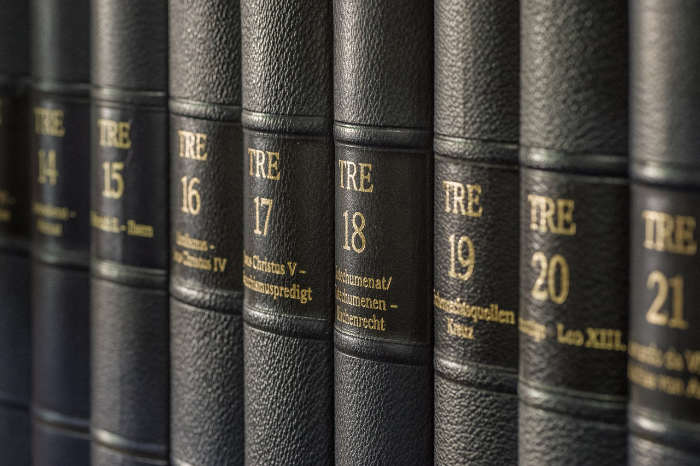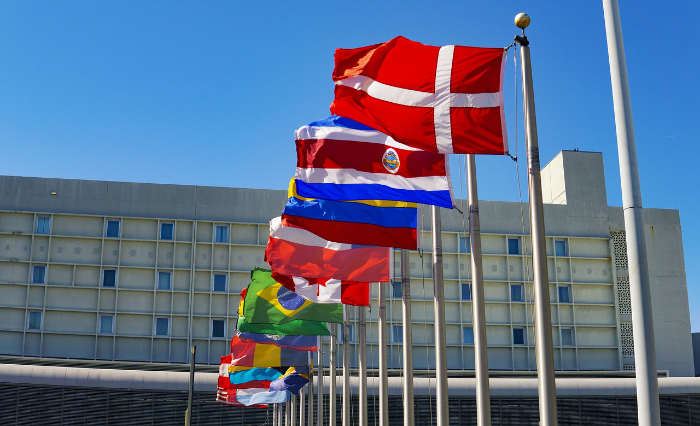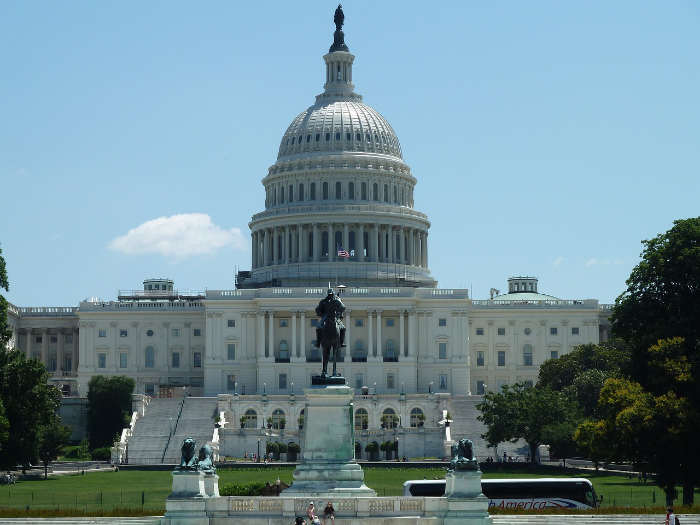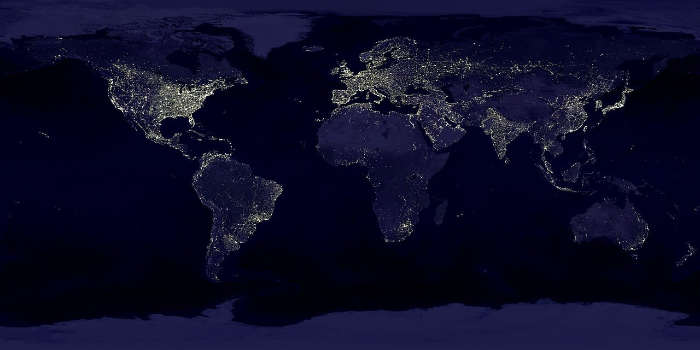Fulbright Acceptance Rate by Country 2025

0
10
20
30
40
50
60
70
80
90
100
5 Countries with the Most Students Accepted into Fulbright
The Fulbright Program is an international educational exchange program. The U.S. Congress created the program in 1946 based on a proposal by Sen. J. William Fulbright. The United States and foreign governments jointly set program policies.
As part of the program, US citizens study abroad, and non-US citizens come to the United States. The program has two components. The Fulbright Student Program is for graduating college seniors, graduate students, and early career professionals and artists. The Fulbright Scholars Program is for college and university faculty with a Ph.D. or similar terminal degree or for administrators.
Participants can come from more than 160 countries. They are chosen based on their academic merit and leadership potential. Those who receive grants can study, research, teach, and contribute to finding solutions to global problems.
The application process is rigorous and begins about 15 months before the anticipated start date. The criteria vary by program and country. Awards are for studies in various disciplines, including the humanities, arts, medicine, sciences, and engineering. Fulbrighters involve themselves in the culture of the country they study in and bring cultural information back to their host country.
Kiribati, which is a country of 33 islands in the Pacific Ocean near Australia, has the highest award rate in the world. Kenya, in East Africa, has the lowest award rate. More people apply in the United Kingdom (Wales, Northern Ireland, England, and Scotland); however, Germany gives the most awards.
A Fulbright award is quite prestigious, and many program alumni are accomplished. Fulbright’s alumni include 62 Nobel Prize recipients, 78 MacArthur Foundation Fellows, and 89 Pulitzer Prize winners. Forty-one current or former heads of government are Fulbright alumni. Among them are
- Alexander de Croo, Prime Minister of Belgium
- Francisco Sagasti, former president of Peru
- Mahamadou Ouhoumoudou, prime minister of Niger
- Kolinda Grabar-Kitarović former president of Croatia
- Rishi Sunak – prime minister of the United Kingdom
























